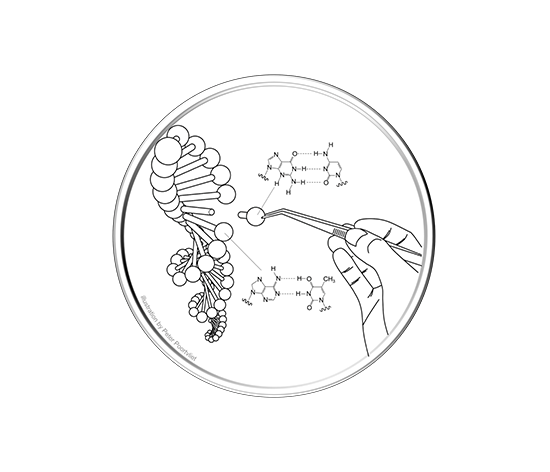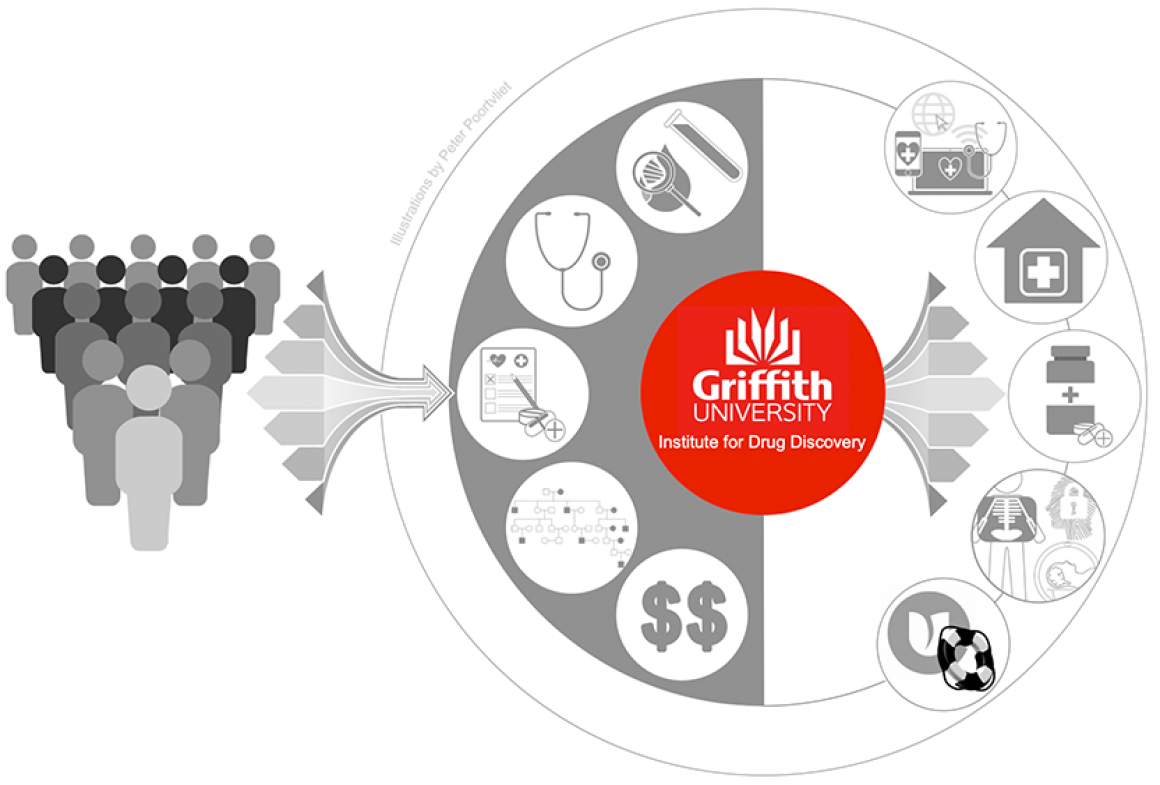Our research mission
The Holy Grail of many scientific and clinical efforts is to ultimately find the cure for Parkinson's disease. Although our understanding has improved over the years, many questions regarding the natural course of Parkinson’s disease and its highly variable expression remain.
Our priorities
At Griffith Institute for Drug Discovery are main priorities are to:
- understand the processes and mechanisms that underlie the onset and progression of Parkinson’s disease
- identify how and when Parkinson’s disease actually starts
- improve current treatment methods
- develop new methods for accurate and early diagnosis and differentiation of subtypes
- develop accurate methods for prediction and tracking of disease progression using biomarkers
- find methods to prevent further damage from happening (neuroprotection)
- find ways to slow, stop or even reverse the disease (disease modification)
- ultimately, find a cure
Key objectives
The key objectives for this research include:
- Screen additional NatureBank compounds on Parkinson’s disease patients’ cells
- Procure, process and maintain biological specimens (such as blood, DNA, and cell-lines) as well as other important clinical information from subjects already enrolled in QPP
- Recruit 250 new QPP participants each year in order to maintain the available data and biological samples
- Co-ordinate the collaborative research efforts of QPP. The specimens and information maintained by the QPP are crucial for many different specific research projects. The success of our research requires that this information is linked and integrated to maximize the potential for important new findings to become apparent.

Genetics research
In an attempt to answer some of the crucial Parkinson’s disease questions, Griffith Institute for Drug Discovery uses basic information and biological samples from volunteers with Parkinson’s disease as well as healthy volunteers.
The biological samples offer clues to many of processes and molecular mechanisms involved in the onset, progression and expression of Parkinson’s disease. Our research looks for the role of genetic mutations and cell responses to different stressors to try solve the riddle of why Parkinson’s disease develops. Biological samples also offer valuable insights into mechanisms that drive the disease processes. In addition, these samples provide an opportunity to look for biomarkers or ways of detecting Parkinson’s disease in a more objective way.
By combining the laboratory findings with the basic information we hope to find key connections that will help clinical decision making.
We don’t know what causes Parkinson’s disease. At the time of clinical diagnosis a PD patient has already lost more than 40% of the neurons controlling the classic symptoms of resting tremor, muscle rigidity, slowness, postural instability and other brain functions. It is now accepted that Parkinson’s disease has been progressing in patients for 5 to 10 years, or longer, before clinical diagnosis.
At present there is no way to identify PD patients in these crucial pre-symptomatic stages, the time window which would allow the best response to protective interventions. Current medicines only treat the symptoms and do not slow disease progression. This is because the molecular and cellular causes of PD, which may be different in each patient, remain unknown. To find answers we need “biomarkers” of the disease process.
Biomarkers are things that can be easily measured to reflect what’s going on in the brain. A Parkinson’s biomarker would be akin to a PSA test for prostate cancer or blood sugar test for diabetes. Without biomarkers for Parkinson’s, it is almost impossible to assess the impact of potentially protective interventions to slow the progression of the disease.
We are moving our initial scientific findings towards the development of biomarker tests that can be used to assist in identifying people with early Parkinson’s and to assess the progression of the disease. Then we intend to test these in clinical trials of people with Parkinson’s disease. This is an amazing step forward and will be very exciting.


Translation into the community
Although basic research lies at the core of our activities at GRIDD, we also have a strong focus on translational research with more practical implications.
Translational research aims to build on basic scientific research to improve or develop new therapies, medical procedures, diagnostics and prognostics. In addition, some of that research is conducted with the purpose of improving access to and availability of adequate health services, expertise and support networks as well as new ways of delivering medical care and support at a distance or telehealth.

